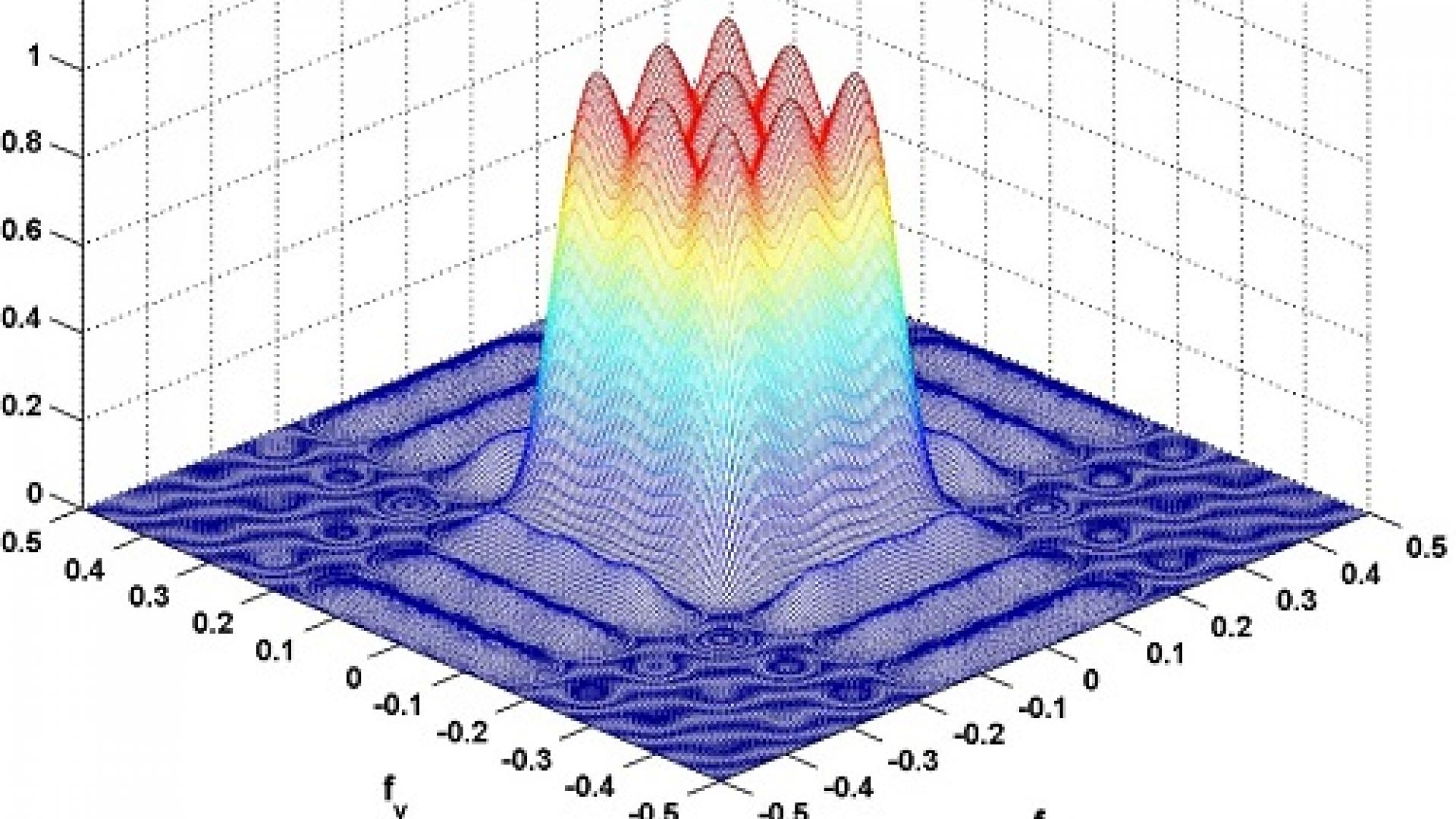Reproduced with permission from ref 1© IEEE
By adapting the interaction between several independent radar transmissions in real time, KAUST researchers have shown that it is possible to vastly improve target identification and range using multiple input, multiple output (MIMO) radar systems.
Radar is used extensively in civilian and military aviation to identify and monitor aircraft movements and potential meteorological dangers as well as being a critical component of flight control and surveillance systems. Radar works by transmitting a radio signal from an output antenna and monitoring a receiving antenna for any detected reflections—akin to shining a spotlight into the darkness to see what might be out there. Radar systems are now very sophisticated, and with advanced signal processing, it is now possible to discriminate between different types of objects from a considerable distance.
MIMO radar promises a step change in performance by being able to more adaptively shape the output waveform to concentrate the power of the transmitted signal in a specific direction and by transmitting multiple types of signal adapted to match a broader range of targets better.
“MIMO radar uses several transmitting and receiving antennas at the same time, where the user can choose a different transmitted signal for each antenna,” explained lead researcher and graduate student Taha Bouchoucha. “Our work was on the transmitter side, developing a simple way of constructing the transmitted waveforms to steer the signal to a specific region in space.”
Read the full article



